A recent tweet by the Center for Disease Control is urging women to get screened for HPV and to learn more about the link between HPV and cervical cancer.
According to the CDC, HPV is the most prevalent sexually transmitted infection, so much so that almost every sexually active individual will contract a strain of the virus at some point in their lives. HPV can also cause genital warts and certain kinds of cancers, including cancers of the penis, vagina, vulva and cervix.
Although there are vaccines to prevent contraction of multiple strains of the disease, there are only screenings for the strains of HPV that cause cervical cancer. Currently, women are encouraged to have routine cervical cancer screenings which consist of a Pap test and an HPV test. The Pap test screens for precancerous cell abnormalities on the cervix while the HPV test screens for the specific strains of the virus that can cause those cell abnormalities.
New testing guidelines recommend that women between the ages of 21 and 30 get Pap tests every three years, and receive both the Pap test and HPV test after the age of 30. Negative results on both tests indicate low risk for cervical cancer and another screening is generally not recommended for five more years.
It is crucial to remember that these tests only screen for cervical cancer, therefore women should still be mindful of abnormalities that could be symptomatic of other kinds of cancers such as vaginal or vulvar cancers.
For more information on cervical cancer screenings from the National Cancer Institute, click here.



